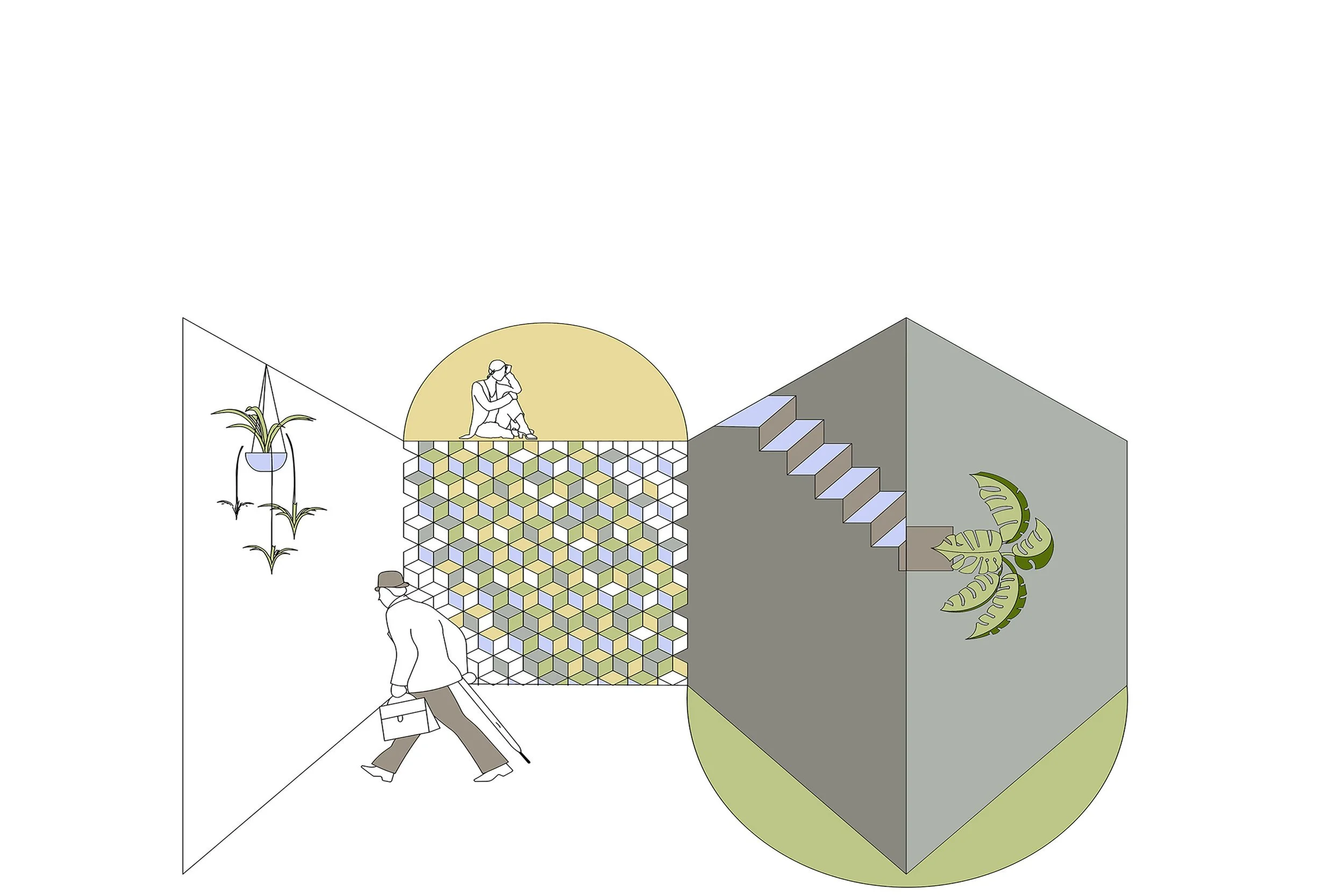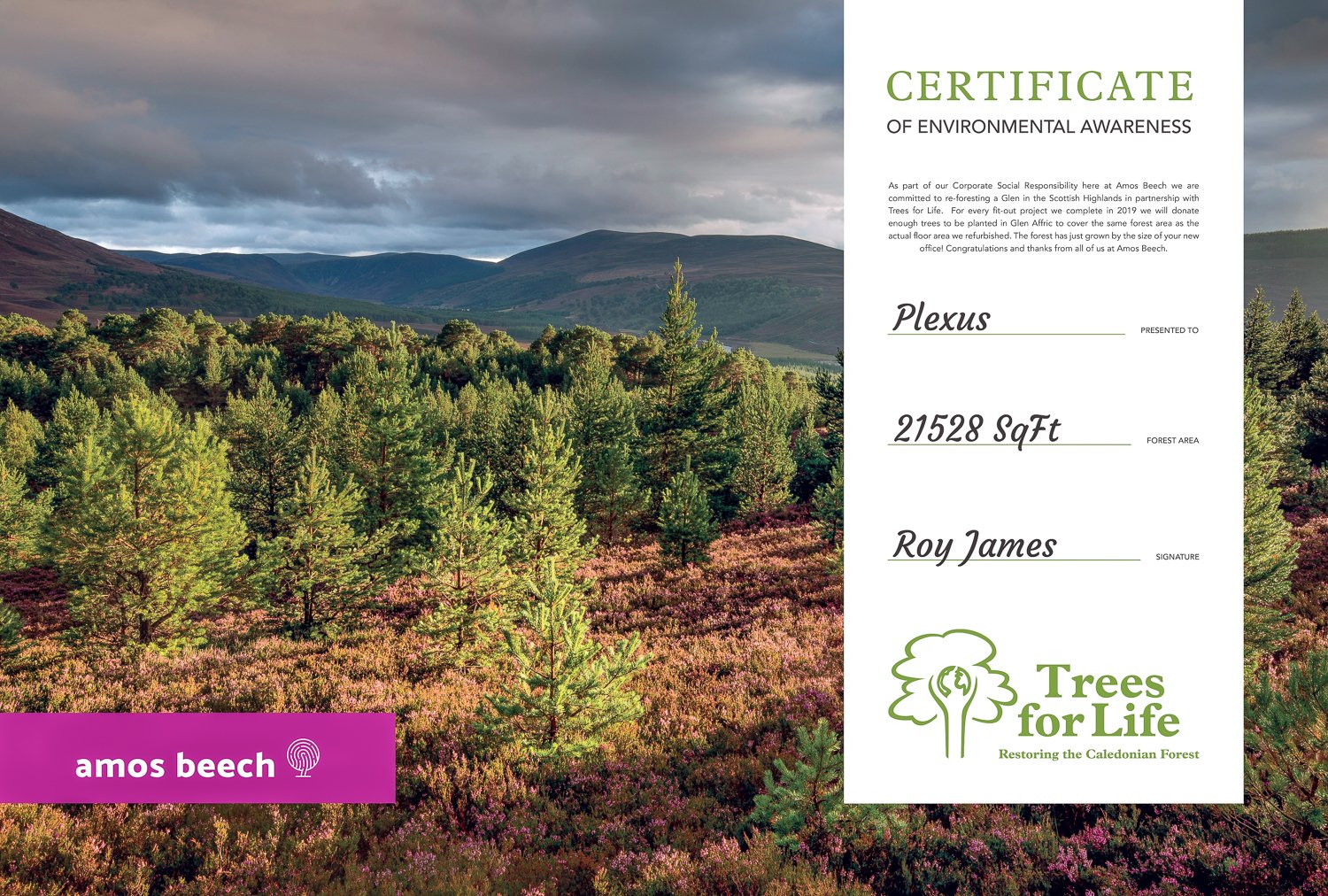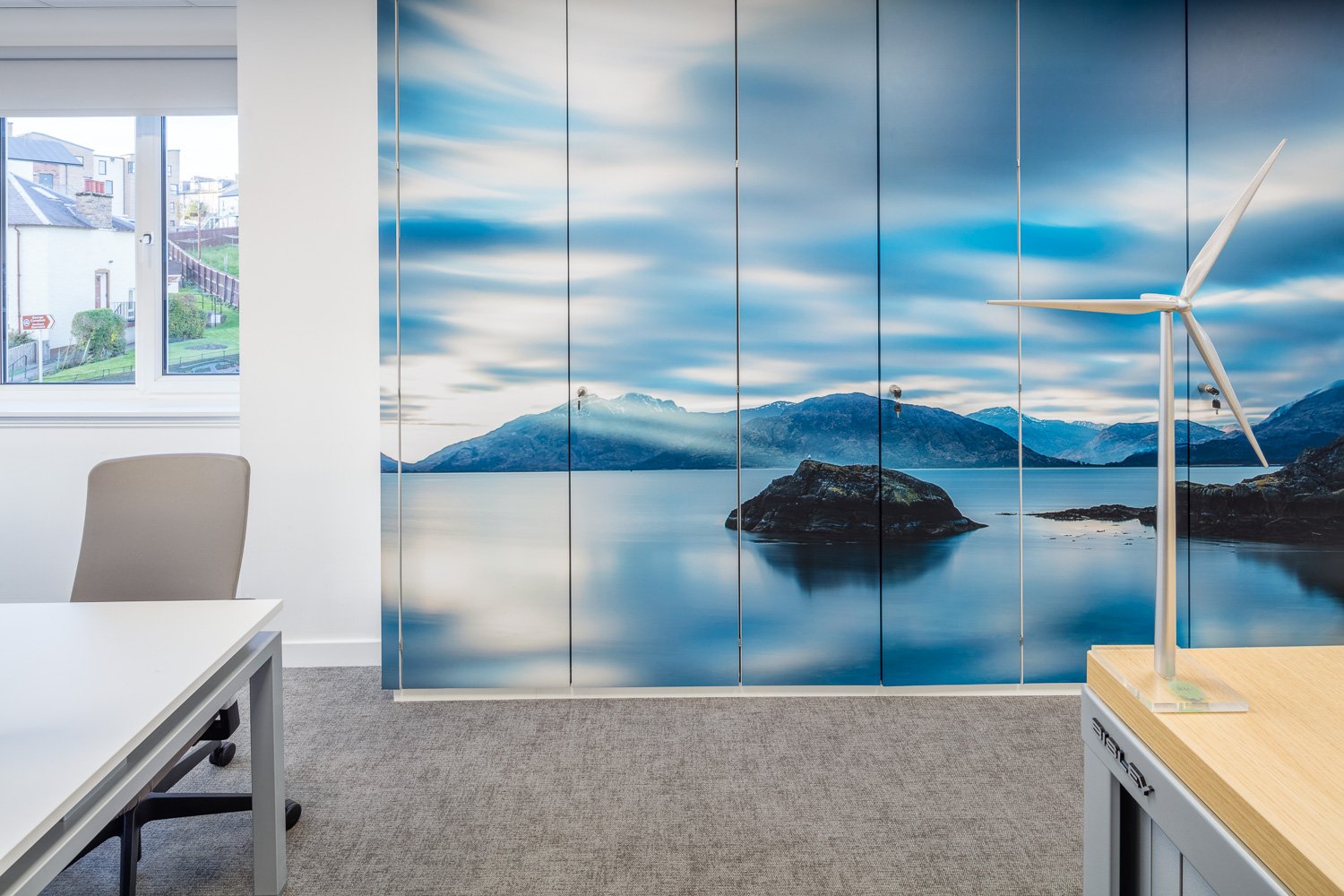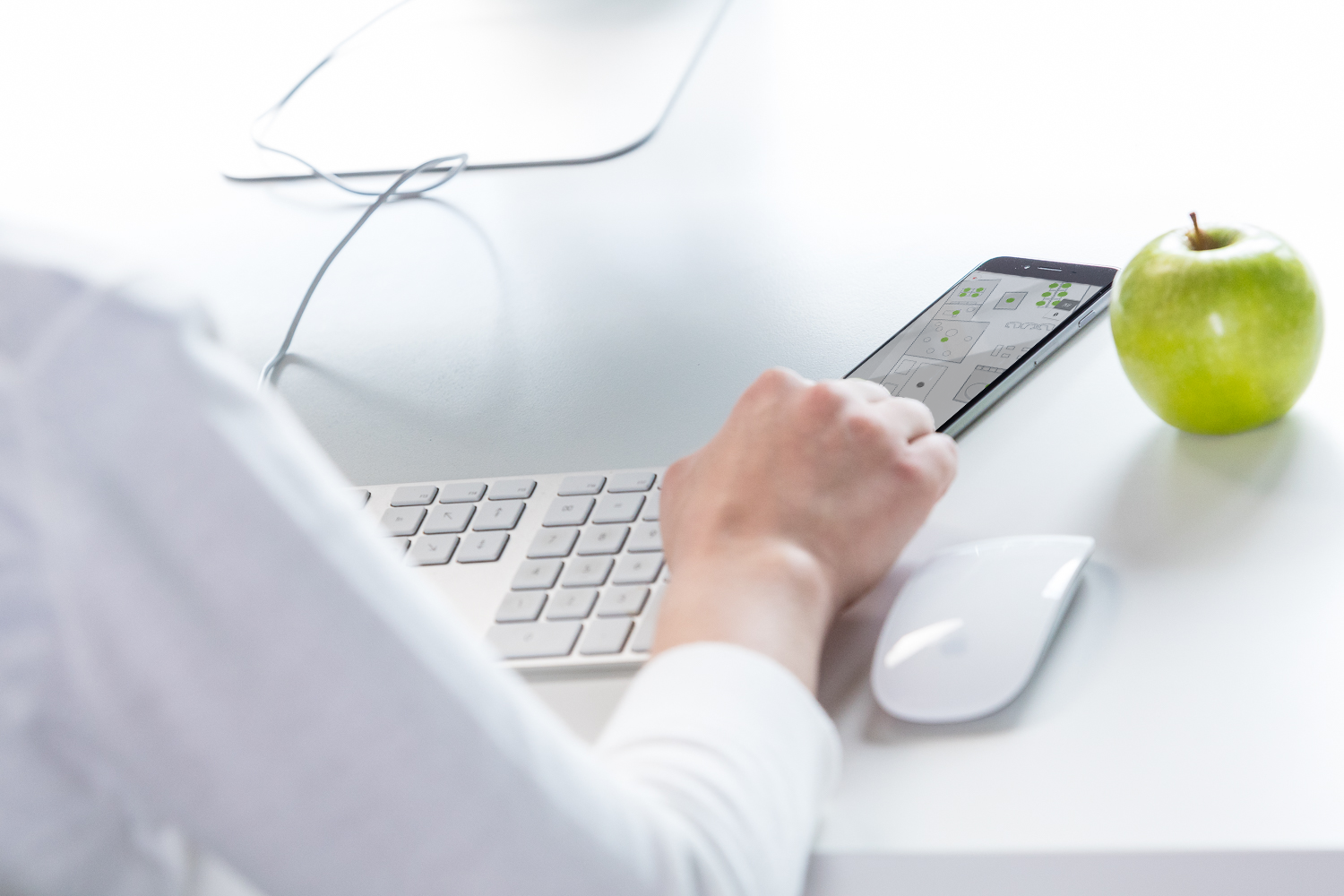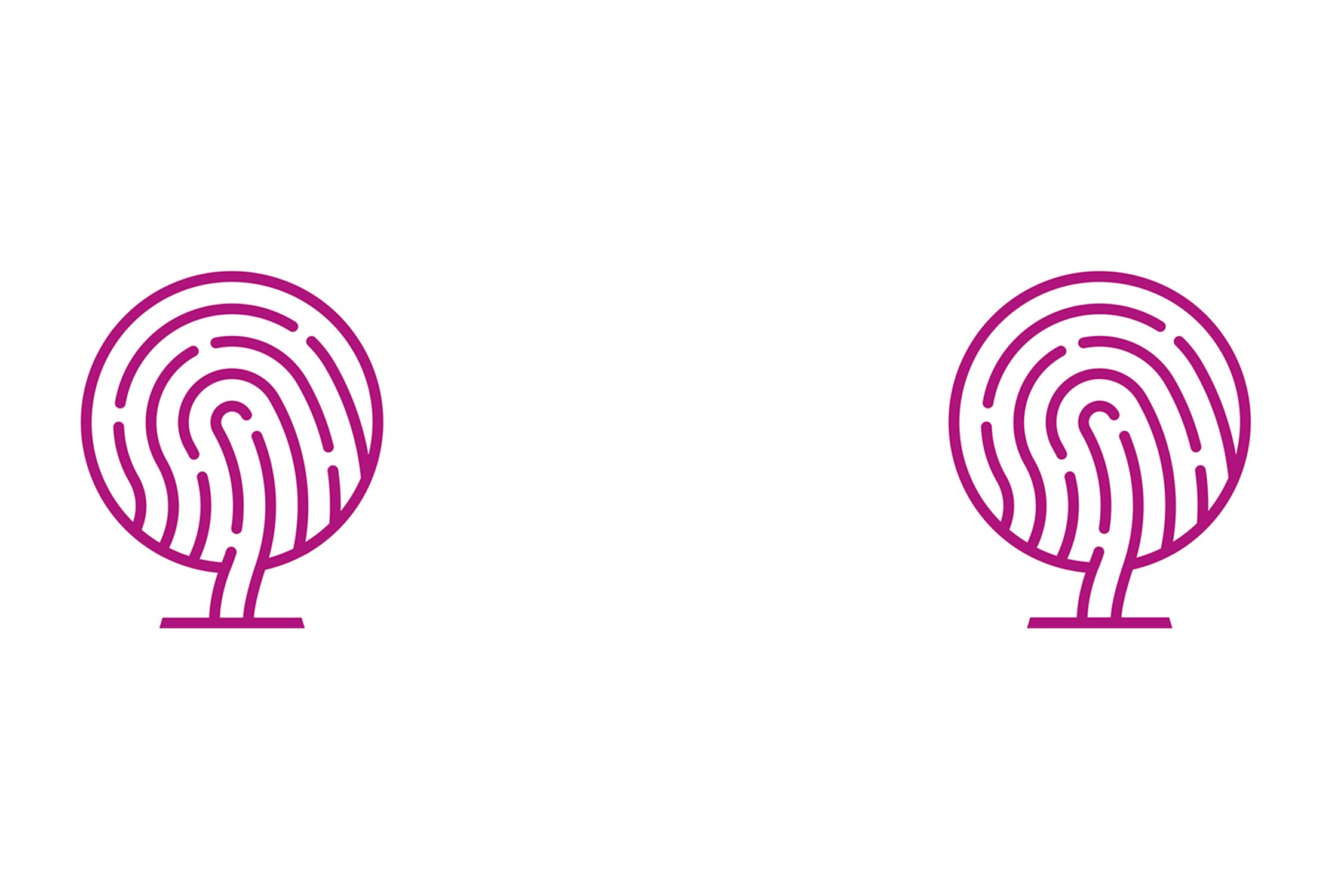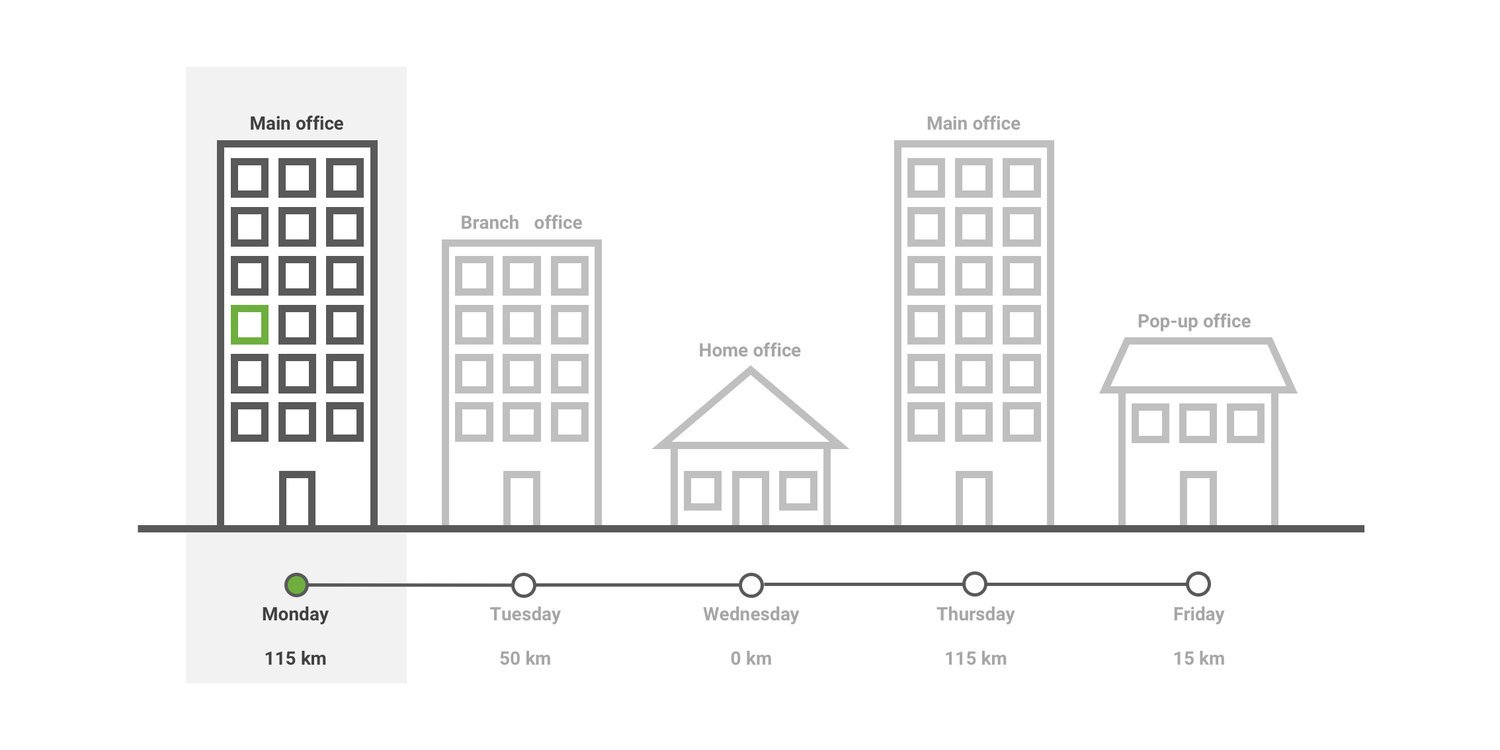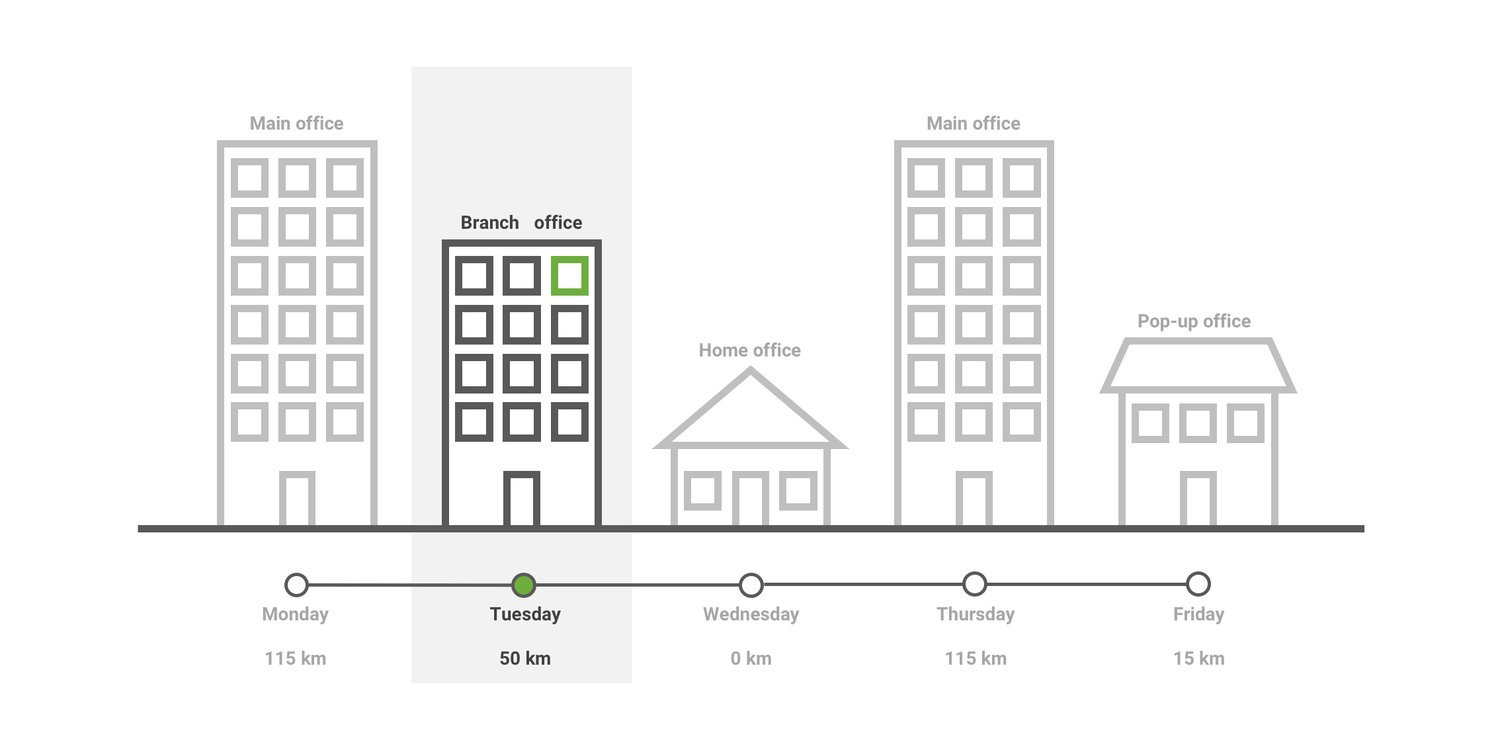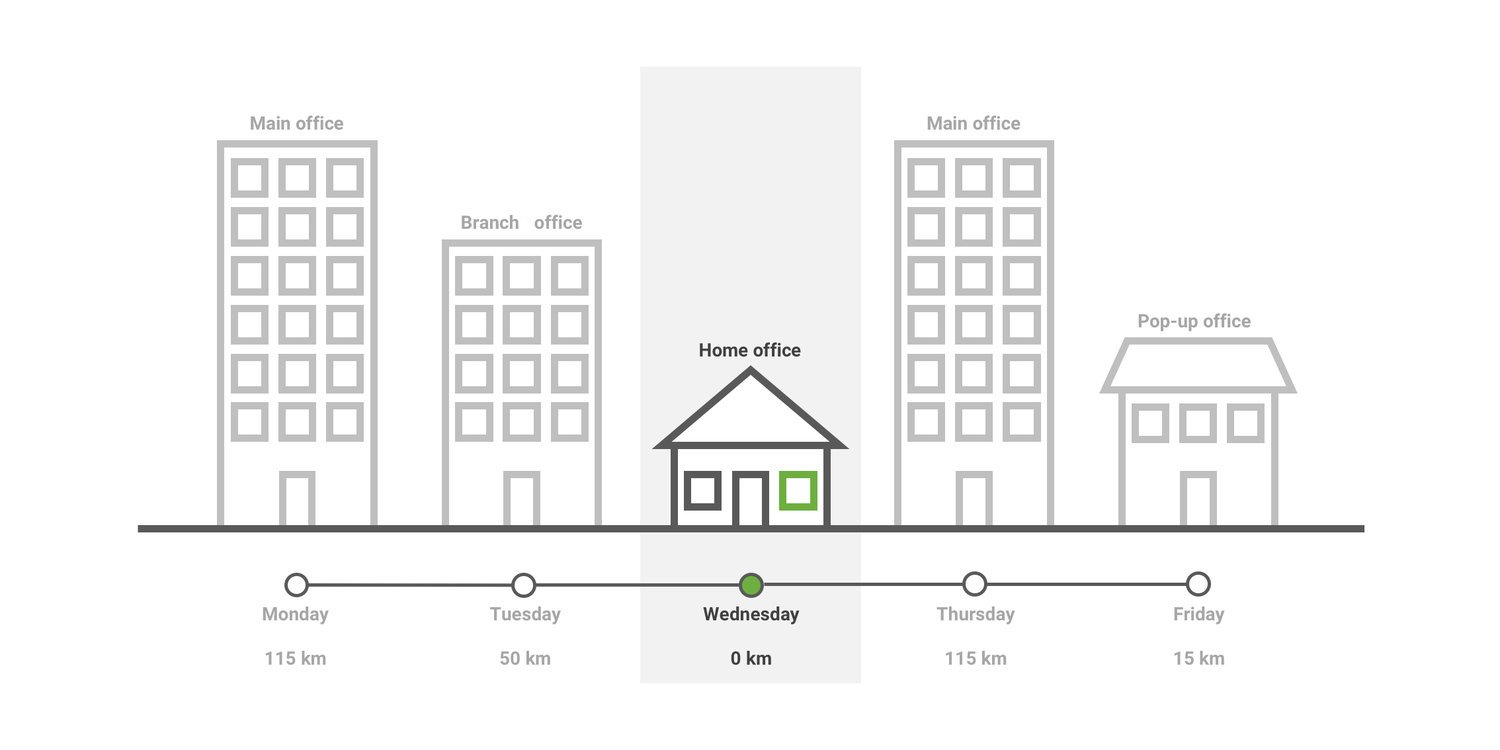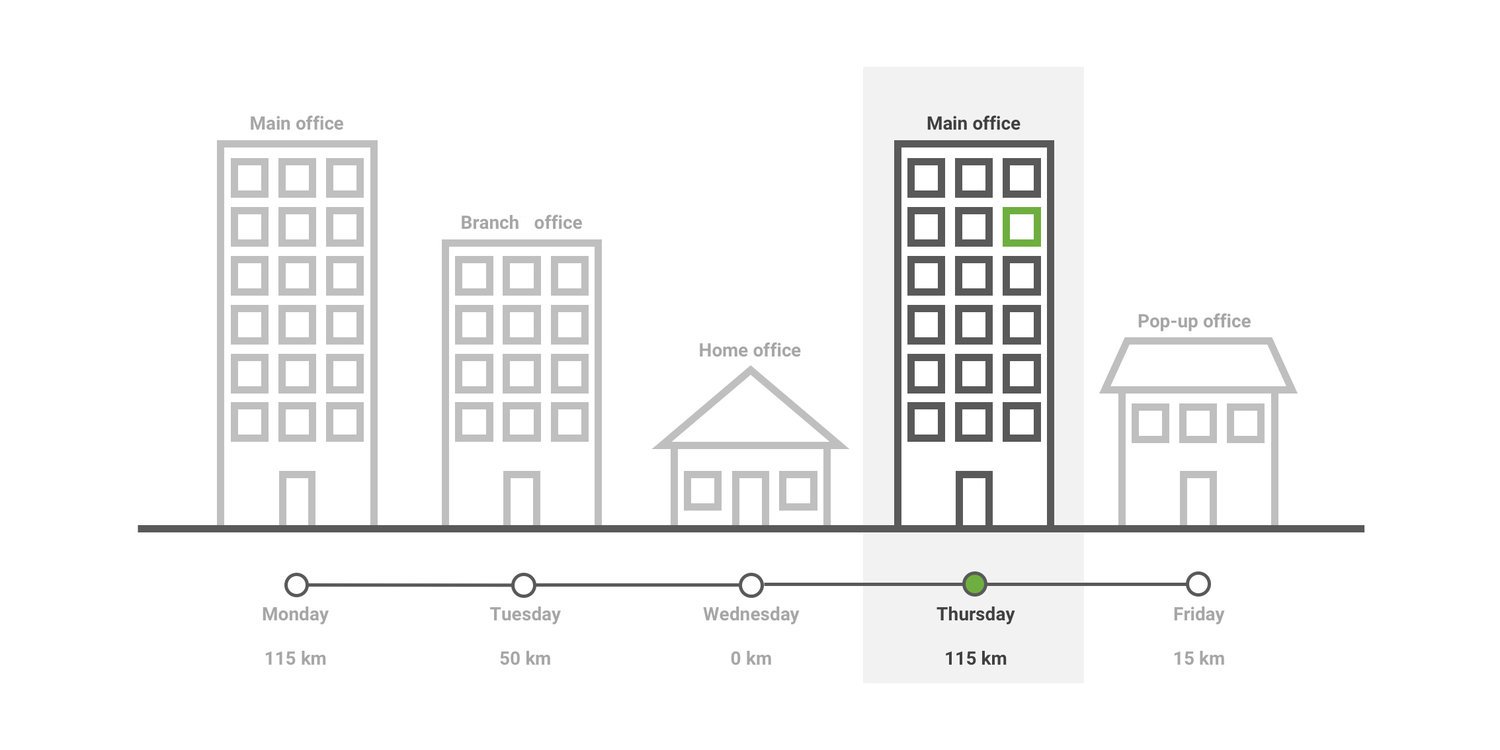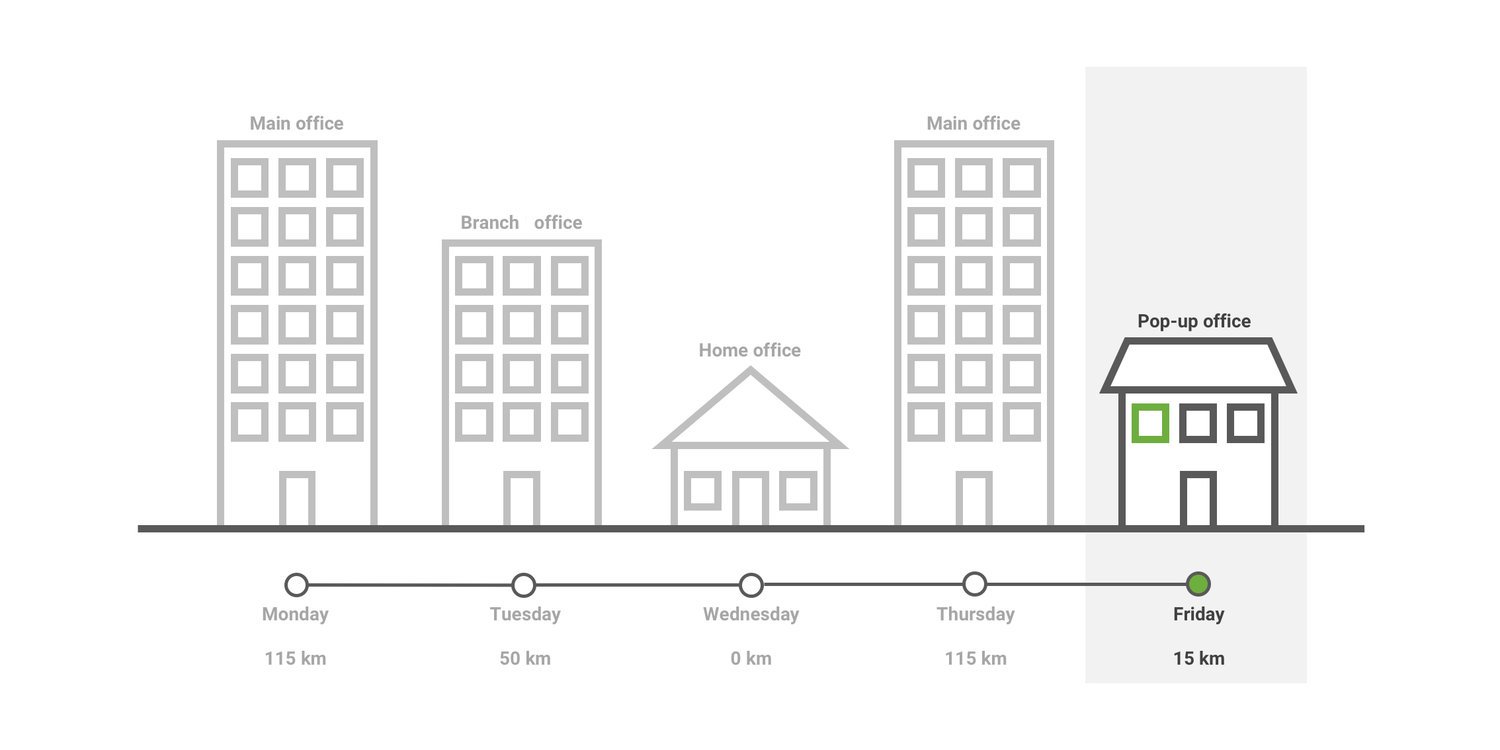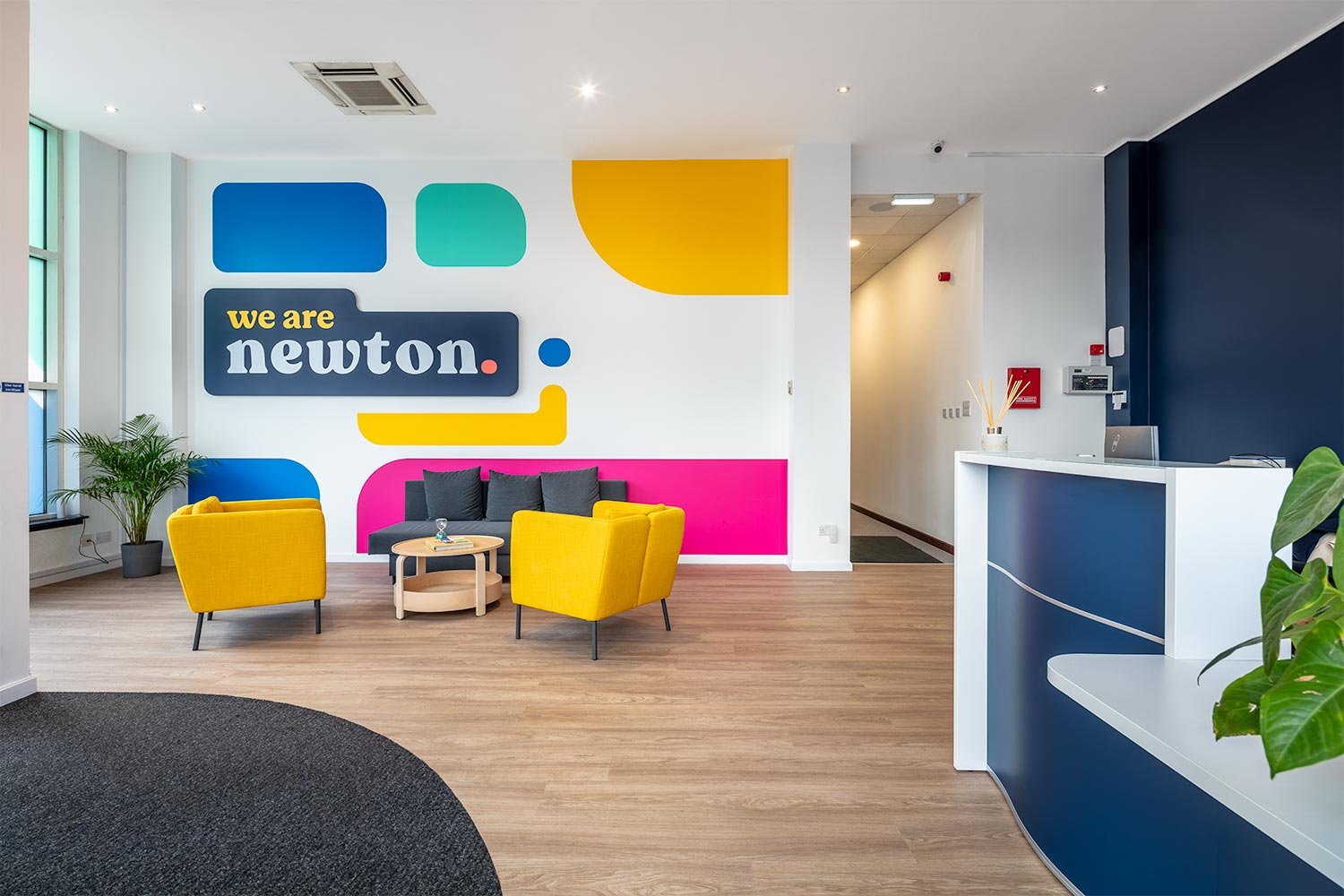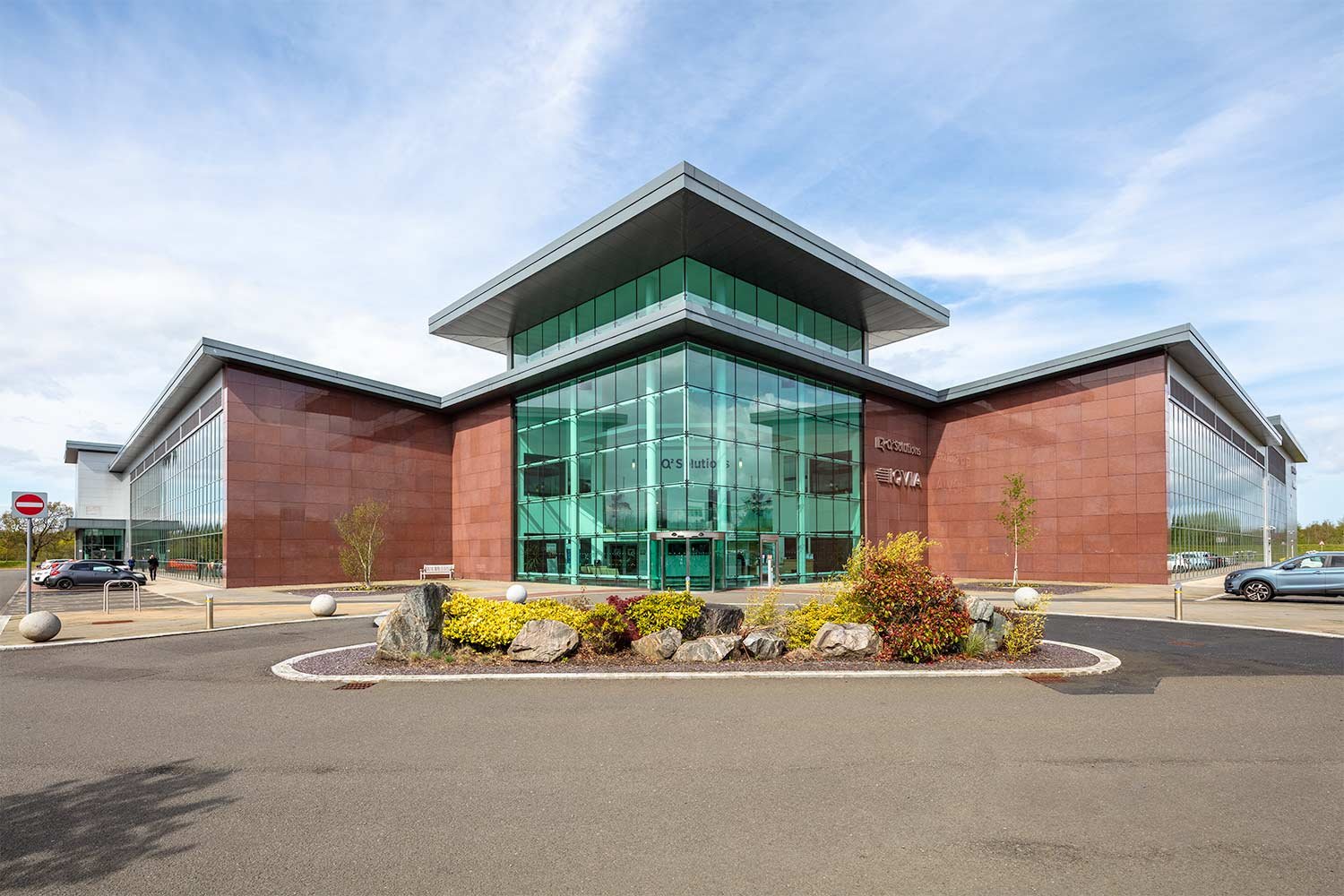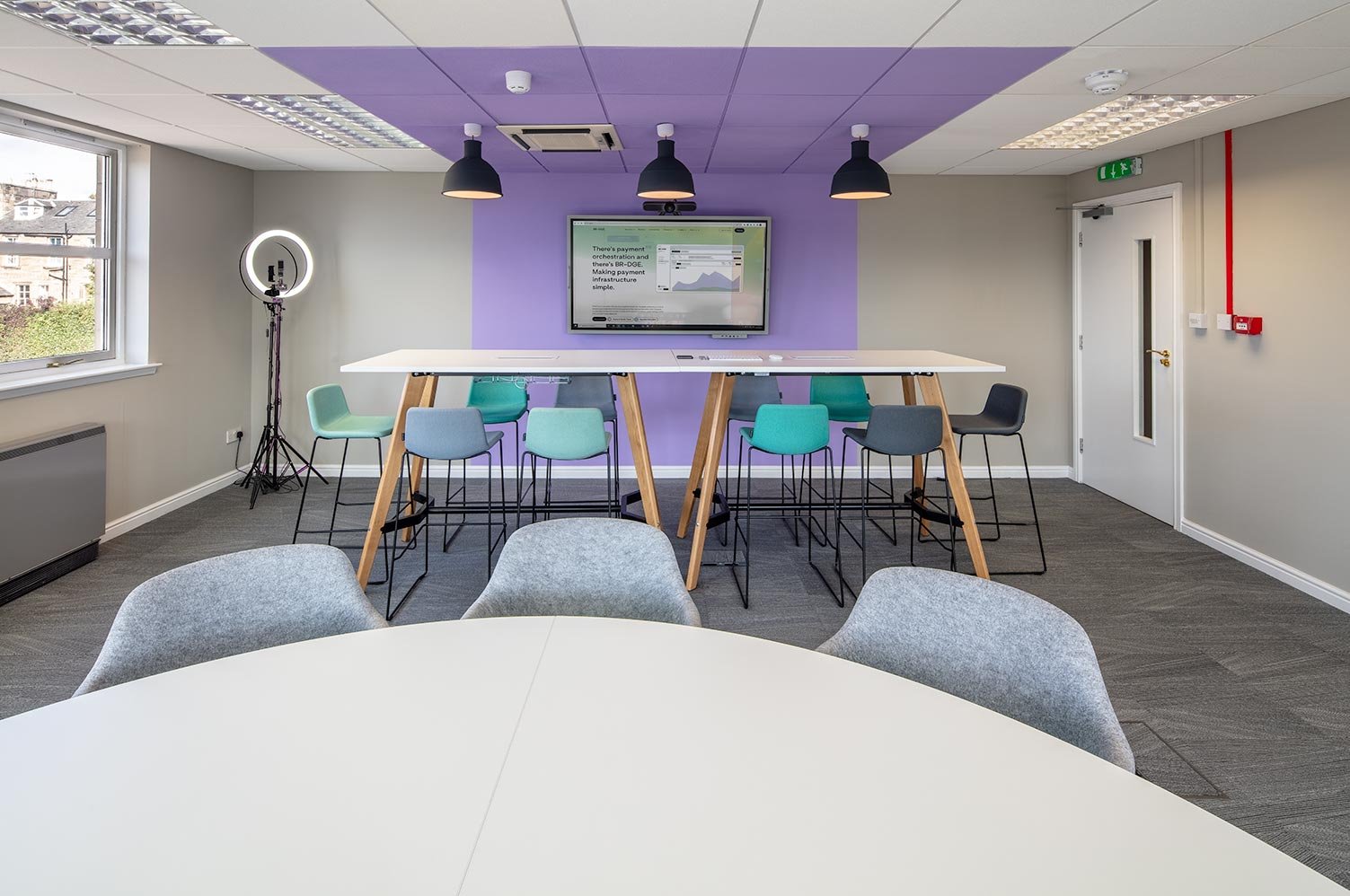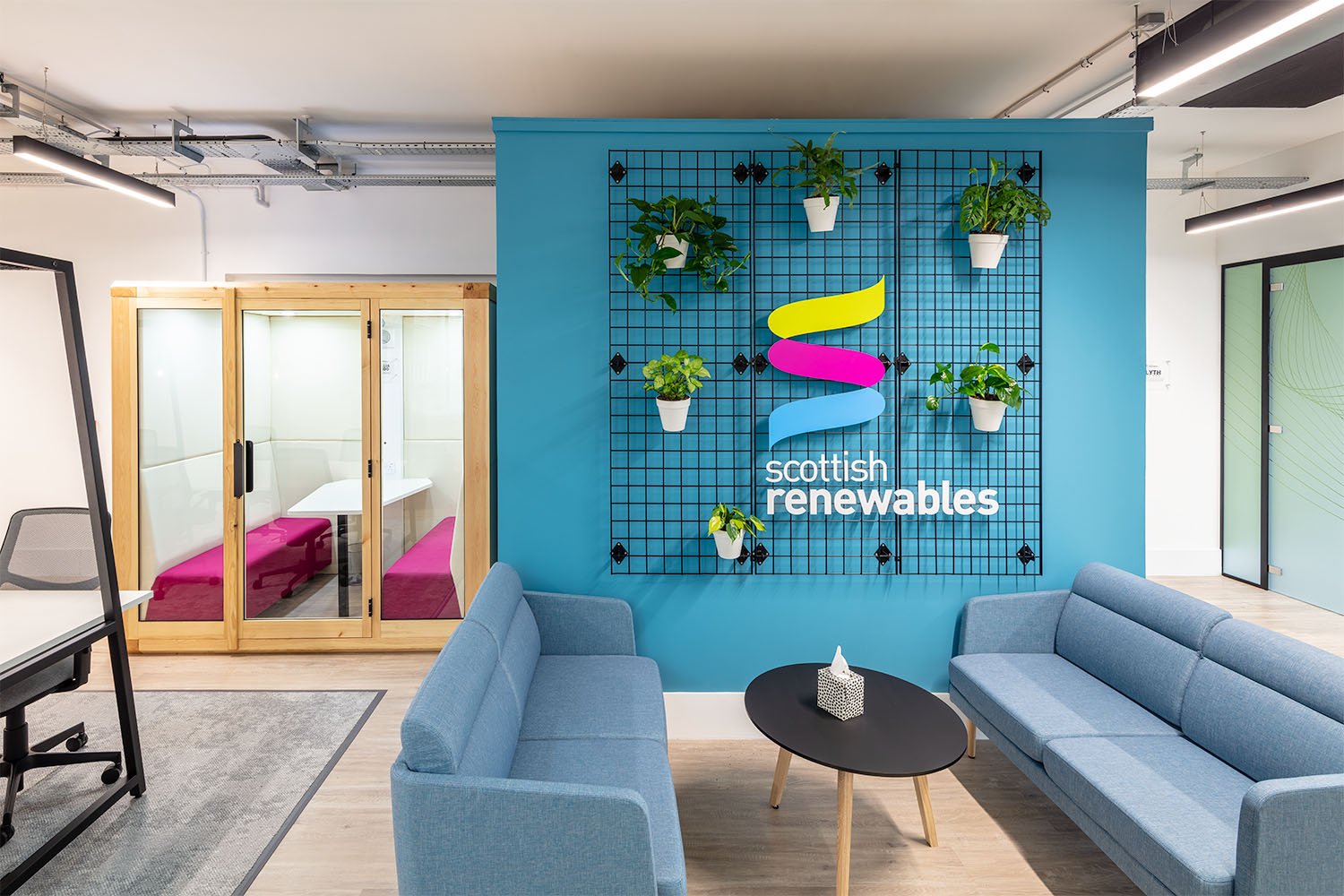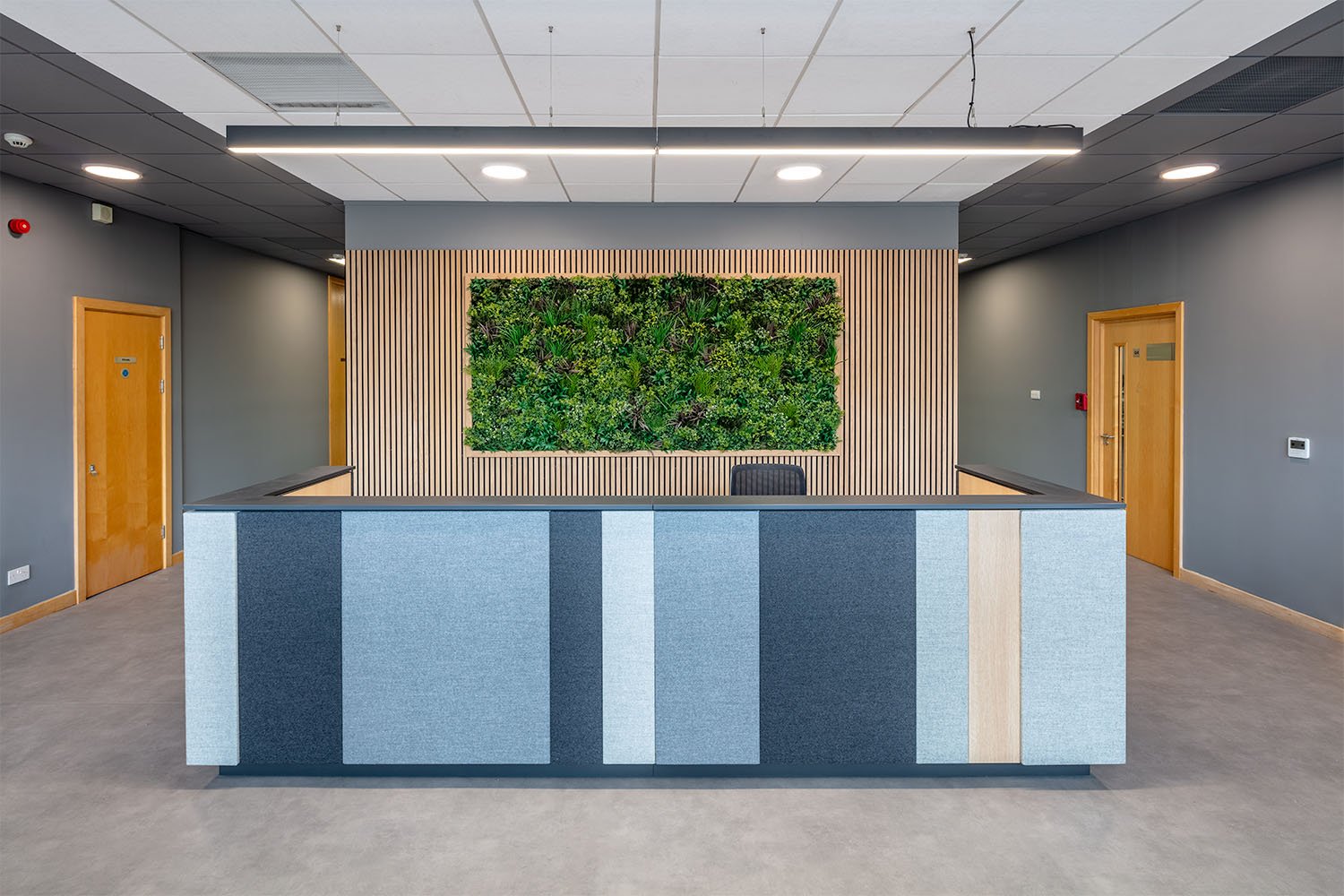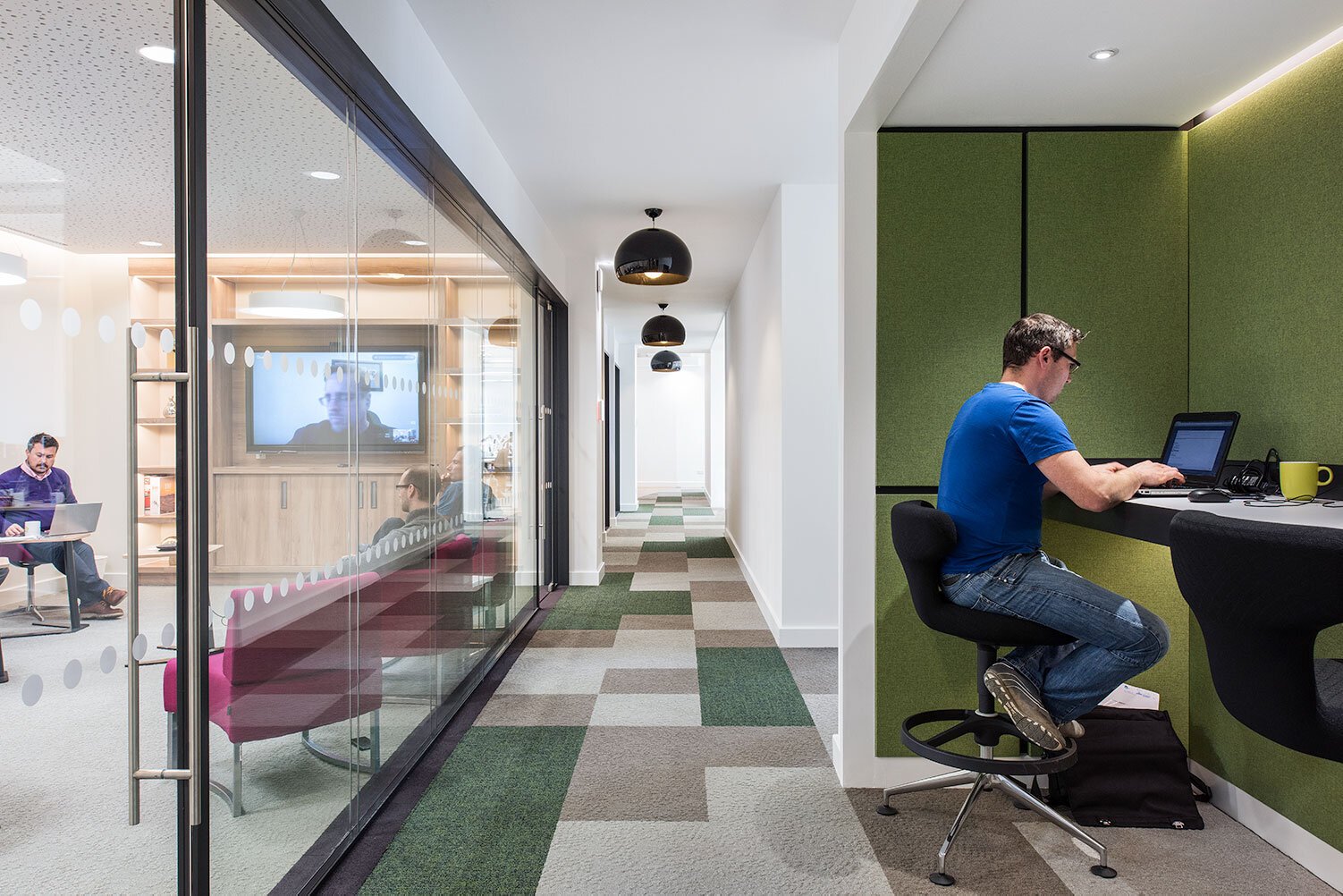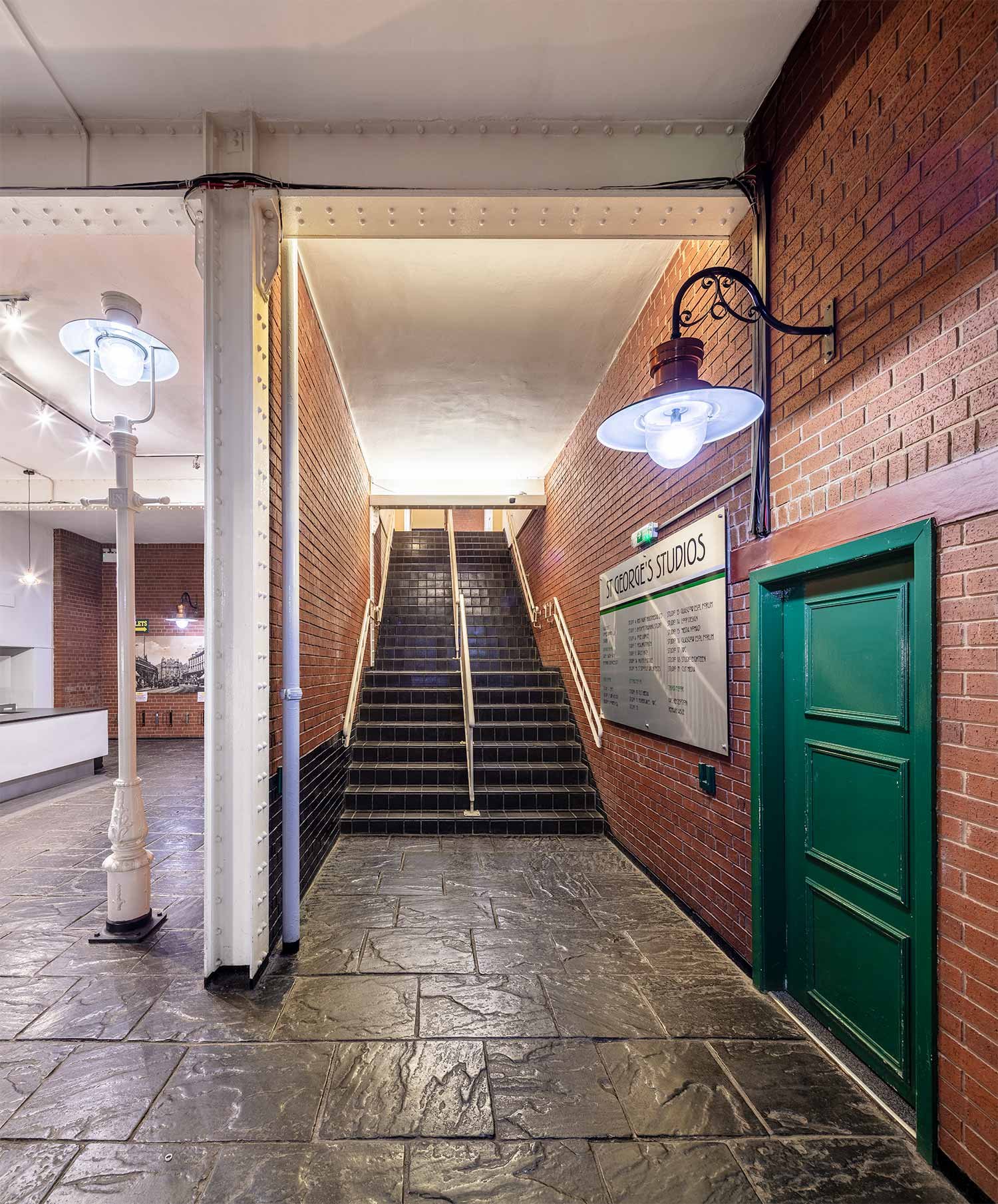Wellbeing, Wellness & Workplace
The blog below was written way before the current Covid19 crisis. It is not that the information is not valuable anymore, but if you require advice for the current (May 2020) situation, we would advice you to check the folowing:
Wellness is now BIG business! It moves you one step closer to a new, and better you - a you that drinks green juices and rids your body of all lingering toxins, a you that enrolls into spin classes before 6 am and has more energy as a result, a you that plugs into head space every evening to calm the mind before your 8 hours of sleep.
For the past month at Amos Beech, wellness has been at the forefront within the office. By being provided with a conscious checklist, we've become more self-aware of our actions and routines within our lifestyle and how it affects us in the workplace.
Wellbeing & Wellness in the Workplace
Here are a few insights and examples that you can try to integrate into your workplace to get the Work/Life balance back on track:
Outside, Inside
Since our blog about Biophilia within the workplace, in 2017. We've all seen workplaces flourishing everywhere. But how about having greenery with a purpose? At Takahashi Hiroko, based in a former factory in Tokyo, redesigned by schemata includes an indoor garden with edible plants.
Fresh Foods
With your office-grown ingredients to hand, having healthy food options will fuel your employees and keep their cravings for sweet and fatty foods away. Even as simple as sharing good food at a decent table will work wonders for your firms' staff morale and community feel.
Workout While Working
Many Japanese corporations understood early on the importance of exercise for their employees. It grew out of their philosophy of kaizen, or “continual improvement.” They appreciated that a workout could make their employees healthier and more productive, therefore began to schedule exercise programs during work hours.
We suggest dedicating a bit of space to being 'multi-use' area, where a variety of exercise classes and wellness workshops could take place. Consider offering something different from the standard yoga, perhaps something that also encourages teamwork. But if space is limited, try getting your employer to take a step in the right direction by contributing towards a gym membership or cycle to work scheme.
Personalised Technology
In other news, Scotland's first development has been accredited with a Platinum WiredScore Certification at 177 Bothwell Street, Glasgow, to assure future occupiers with the best connectivity. We've seen more products beginning to appear that allow employees control over their surroundings, but also products that understand and adapt to the needs of the employees throughout the day.
Philips has installed a system of LED lights in an office in Prague that fluctuate to the circadian rhythms of employees from morning through to night. This ideal is reminiscent of the Endless House, a conceptual work of architecture by Frederick Kiesler in 1924; “endless like the human body—there is no beginning and no end to it.” In the future, we will see smart buildings understanding the needs and wants of the inhabitants and adapting seamlessly.
Healthy Workstations
Until that point, we've seen a rise in technology being incorporated into furniture items keeping employees staying connected with air-charging and USB points. These small details make life just that little bit easier on the most stressful of days. Even by giving employees a choice with their desking, implementing sit-stand desking is more comfortable and healthier for the body.
Art for All
The Sculptor Nick Hornby past artist-in-residence was in an unlikely location - the London headquarters of law firm Pinsent Masons. He brought lawyers to his studio and curated his artwork around the office.
The art can play a part in the culture of the workplace, representing a set of shared attitudes, values, goals and practices. As well as being thought-provoking and sparking discussions with other staff members.
A Daily Pause
In Kiev, the Grammarly Office has a dedicated nap room that includes three sleeping blocks, with a weight sensor under the mattress that sends a signal to light with the indication of zZZ letters outside. The power of sleep and quiet reflection is becoming more commonly recognised as valuable, great opportunity to allow your mind and body to relax.
Happy Holidays
And we all know that a holiday is the best occasion to really relax and rebalance oneself. How about providing your employees with a 'wellbeing day' or have their birthday off on top of the standard holiday allowance to show your appreciation. Or go the extra mile, like FormRoom they are proud to offer a one month (fully paid) sabbatical for every 3 years your stay with their team. They reiterate the value of 'Let the company you work for, lift you up and push you forward; not drag you down or hold you back.'
Do you want to read more about how to improve your workplace? Check:
Blog and graphics by: Design Team
Publication date: August 14th, 2019
Going Agile?
Agile working is probably the most widely discussed ‘new’ method of working.
But what does it really mean?
In a nutshell, going agile is when a company becomes flexible in their approach to work. It’s when they choose to trust their employees instead of keeping them on a strict schedule.
It explores the idea that nobody should spend their whole day at a desk. Thus, you will never find the whole workforce of a company in the office at the same time. Five years ago, it was the work style that revolutionary companies were adopting and that the others would stand and watch in awe.
Agile Working
Agile working has been defined as a tool organisations use to help employees work efficiently and improve productivity. By going agile, employees enjoy the flexibility to work when, how, and where they choose to.
But even with the rising adoption, many still approach agile working with caution. This new trend still continues to raise eyebrows with the conservatives adopting a wait-and-see attitude.
Flexible working is the most controversial form of change. Before you decide on adopting agile working, you should ask yourself some questions:
Would you as an employer allow some of your workforce to work from home or in co-working areas?
How keen are you on micromanagement and what is your work culture?
What are your employees’ preferences?
How do you collect office occupancy data?
Do you want real-time and historic insight?
Don’t worry. We’ll help you answer all of these.
Well start by telling you that through information technology and communication, employees work with fewer constraints and maximum flexibility. This optimises their performance since they work in ways that suit them.
Work, in agile models, is an activity rather than a place. It’s aimed at making organisations efficient, effective, and more responsive. People do not need to be at the same desk all day since they can work where and when they choose. Some tasks don’t even require desks.
Agile working is, however, not a one size fits all concept. Before its implementation, one needs to convince all stakeholders of its benefits. These benefits differ from organisation to organisation, of course. But some of these benefits can be found in almost all agile companies, irrespective of their size and the industry they are in.
Top Benefits of Agile Working
Increased efficiency and productivity
Reduced property costs
Smart workspace utilisation
Reduction of carbon footprint
Reduced fuel and parking cost
Extended business hours without additional costs
You can meet all your customers’ expectations.
You can hire the best talent in the industry
Optimum use of employee skills
Motivates employees who, in turn, are better equipped to innovate
Business continuity is improved since disruptions due to travel problems, bad weather and security are reduced.
Boosts employee performance
Technology advancements have also made it possible and easy for organisations and agile workers to quickly adopt this concept. Applications such as iotspot make it possible to maintain these agile workspaces remotely.
iotspot ensures that your office space is based on actual usage. It ensures that you get smart workplaces that attract the right employees, reduce waste, and significantly bring down costs.
The app benefits both the organisation and its employees by helping them:
1. Find and Book a Workspace
The app allows users to find and book a space that will suit their needs. Whether they want to work at a private booth, have a conference meeting with 5 of their colleagues, or get an unoccupied desk at a place of their choosing, the app makes it possible.
And that's way better than this:
With it, you can occupy a workspace immediately or book in advance. It makes things easier by avoiding overbooking and making sure one finds a free desk even in a busy room. The app uses color to show if space is available (green), reserved or partly available (blue) or occupied (red).
2. Search for Colleagues
The app helps you know where colleagues are. The activity-based working environment that the app provides allows you to make your bookings to suit your needs.
Colleagues are made visible and this makes co-working possible. You can search for free desks together to help you set up a workgroup, share your location with colleagues. If you want a shake-up on a Friday, let the app choose a random desk for you to allow you to network with colleagues you don’t yet know.
3. Real-Time Booking
You do not need to call the reception to make a booking.
No! You can do it on the go. The app goes further and helps you navigate to your booked desk especially if you don’t know the layout of the workspace.
4. Share Workspaces and Charge for Office Usage
Agile working means that people can work from wherever suits them. The app makes this flexibility a reality by offering office sharing and charge per usage options.
It helps show and authorise availability of office locations across, between or within an organisation. This helps reduce commute, usage of facilities and office materials.
5. A Smart Work Environment
iotspot is independent from the IT structure. Your only requirements will be a USB port that makes the workspace available in the app. With this, you get a smart building and can now invite users to get started.
Integrating Agile Working with iotspot
The app can help organisations get insights into how their workspaces are being used. One can tell what desks are popular, which ones are not, and which environment people like to hang out in. From these insights, you can tell whether the agile working model is working for your organisation and whether employees fully understand the concept and benefit from it.
Data collection is done via different methods including movement sensors. These are placed under desks and meeting tables to collect actual usage data.
iotspot can also be used in conjunction with counter sensors and CO2 in meeting rooms to determine what size of a meeting room an organisation needs.
This data is collected anonymously and can be used to drive future workspace decisions and improve workplace environments. This then leads to a happy and productive workforce and savings on corporate and real estate.
This is achieved by allowing employees to choose where they want to work from and at what time through the app. Booking in advance allows for the desks and rooms to be held for workers and if they fail to show up, they become available for someone else. Meeting bookings can also be done in advance using the app calendar, Google calendar or MS Outlook.
Users who are not willing to pre-book can walk in and have the app guide them to an empty space using the Google Maps in the app. The status of the desk then changes from red to green after you check in.
Imagine how much easier the scenario below would have been:
The on-desk device helps to give the desk status by showing whether it’s occupied or not. If you leave the desk, your app sends a message after a stipulated amount of time to confirm if you still need the desk. If you fail to confirm, the desk reverts to free automatically.
The app, with all these amazing functions, helps your organisation implement agile working effortlessly. Desks become free for other people to use and office space is reduced.
Integrating with this agile working app could mean a change in how organisations run their businesses. There are many ideas on how it can be used to revolutionise working spaces in the future. For example, through iotspot, you can automatically free up parking spaces typically reserved spaces for people who are not in the office.
Another development is the introduction of a payment function to those running co-working spaces. With this, they can charge users per usage instead of monthly.
We also see a future where as each iotspot is placed on a workstation, an FM messaging option can be developed to inform the team of any challenges at the workspace. These could include faulty lights and problems with power and screens. This would make solving issues easier since all the information about the specific defect and where it happened would be on the app.
Implementing Agile Working
Agile working implementation should be business-led. It should address both employee and business needs.
To start, find out and understand what your business and employees need. Work with your employees and learn what their ideal work environment is. If you involve them and implement agile practices that add value to them and to your business, you get a productive and loyal workforce.
It’s imperative to also educate the organisation’s leadership on why you need the change and how to implement it. Having them on your side will eliminate any barriers towards the change. Your agile organisation will work better, have an engaged workforce and you will get extra value for your investment.
Conclusion
Research shows that, on average, desk occupancy in most offices is 45-50 percent. This means that, on most days, desks are empty either due to sick leave, holidays, or leaving the office.
Part-time employees, employees who often travel to meetings and conferences and those who work from home also get full-time desks that on most days remain empty. If you do a survey of your office space, you will find that there is no time it’s 100 percent occupied. Space sharing is, therefore, a good thing to consider.
With agile working, you bring people, processes, space, and technology together to offer an appropriate and effective way of completing tasks. People can work without boundaries from anywhere, anytime and this improves productivity. The time to start collaborating and changing the future is now!













